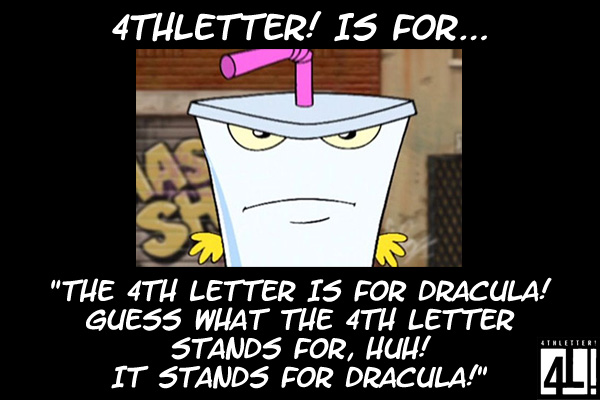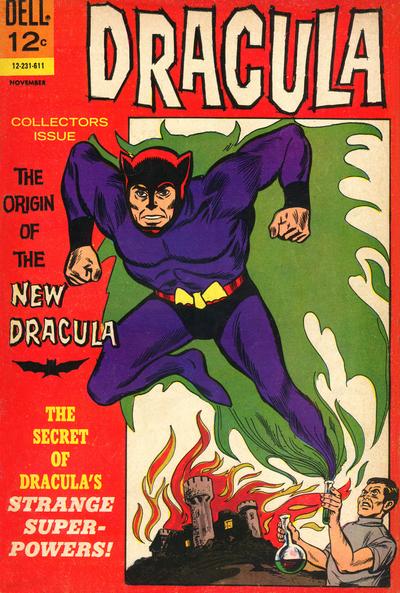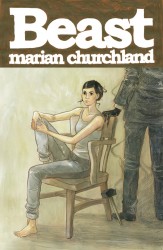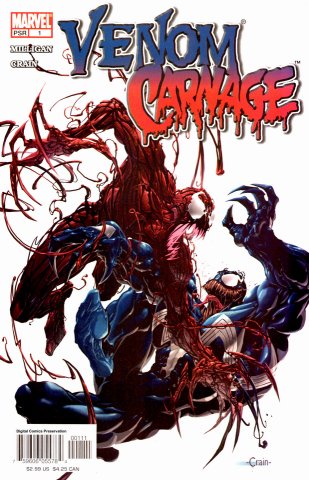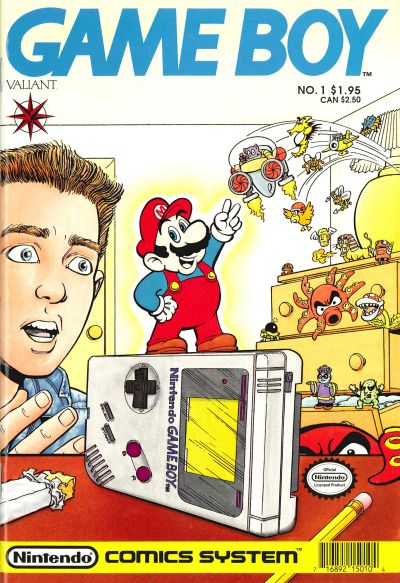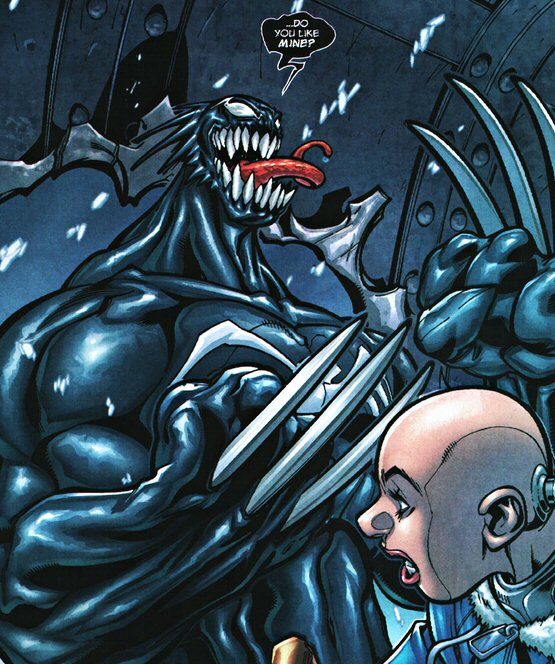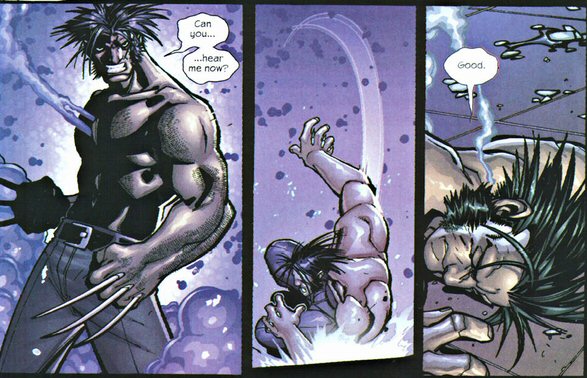
Dan Dare: The Phantom Fleet
September 10th, 2009 Posted by david brothersI don’t have much experience with British boys’ comics. I’ve read a little 2000AD, but that’s where it stops. Dan Dare began appearing 30 plus years before the oldest issue of 2000AD I’ve ever read, so it’s clearly something different entirely.
Titan Books sent over Dan Dare: The Phantom Fleet and I checked it out. It’s a weird kind of sci-fi tale. It’s got spaceships, spacesuits, aliens, ray guns, and all of that, but it feels like a sci-fi book that isn’t. Dare and crew wear uniforms that are just like normal military uniforms, medals and badges and all. They parachute onto planets, go scuba diving, and other things I don’t really associate with spaceships. It’s “grounded sci-fi,” for lack of a better phrase.
The stories themselves are interesting. They’re two-page affairs from a weekly magazine, so each page has either a “Next week!” box or a story recap box. Despite that, though, the stories just get right into it. They flow from week to week pretty well, and it’s kind of neat to see how they used to do comics back in the day. I’ve seen creators gripe about how eight pages (or 22) is too little space to tell a full story. I can’t imagine what they’d say if you gave them two pages, other than “I quit.”
Dan Dare: The Phantom Fleet feels exactly like what it is: a post-World War II comic for young boys. The military comes off very glamorous and awesome, there’s not a lot of nuance, and there’s even a kid sidekick and funny animal. The art, though, is pretty great. It’s a bit higher quality than I would’ve expected for the time period, and the coloring when things go weird is awesome. It looks good, even though it’s 55 years old.
The Phantom Fleet was interesting stuff, particularly as an introduction to Dan Dare. Though I’m pretty far removed from his original context, I can see why he’s so well-regarded. Titan’s got a pretty aggressive reprint program for these books, as this is volume eleven. Check out the site and see what catches your fancy.

